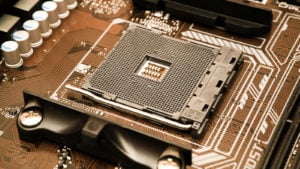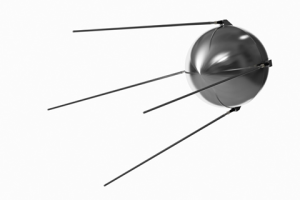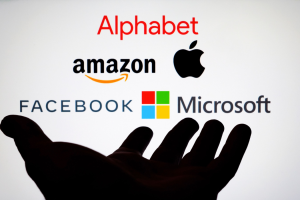
Finding untapped potential is like finding gold. Three organizations in the information technology maze stand out as silent giants with immense potential. These companies have tremendous development and innovation potential, offering investors tempting chances for significant gains.
The first one shows that it can take advantage of growing consumer credit needs. It has record-breaking network volume and smart entry into the point-of-sale (POS) sector. Meanwhile, the second one has sharply increased new orders, particularly its innovative HAMR technology. This indicates that the market is beginning to recognize it as a major player in the data storage industry. Finally, the third is notable for its technological mastery in artificial intelligence (AI)-driven analytics. It allows cloud migration to be done easily and meets the growing demand for insights based on data.
Overall, suppose one has a sharp eye and strategic insight. In that case, one may be positioned to ride the wave of growth driven by the first’s network proficiency, the second’s technical advances, and the third’s advancements in analytics technology. These firms may be positioned to rule the market due to their strong fundamentals.
Pagaya (PGY)

In Q1 2024, Pagaya (NASDAQ:PGY) generated a record network volume of $2.42 billion, surpassing estimates of $2.2 billion to $2.4 billion, a substantial 31% year-over-year (YOY) increase. This remarkable rise shows Pagaya can attract more customers and quickly increase its market share. Indeed, there is substantial demand for Pagaya’s products, leading to the realization of growth possibilities in the US consumer credit sector.
Additionally, to grow its point-of-sale (POS) business, Pagaya partnered with a bank. In the second half of 2024, the network will come online and the company will expand into new markets. This growth represents Pagaya’s effective entry into one of the U.S. consumer credit markets with the quickest growth rate. In Q1 2024, Pagaya recorded record total revenue and other income of $245 million, exceeding expectations of $225 million to $240 million.
Finally, the company posted massive 31% YoY network volume growth. The solid 35% rise in income from fees was the main driver of the revenue growth. To sum up, this demonstrates the efficacy of Pagaya’s monetization tactics.
Intevac (IVAC)

In Q1 2024, Intevac (NASDAQ:IVAC) received more than $20 million in new orders. Hard disk drive (HDD) media technology updates are the primary source of income for Intevac, as this is a stable and expanding industry. Leading data storage firms have placed early orders for the company’s heat-assisted magnetic recording (HAMR) technology improvements, demonstrating the market’s approval and adoption of their technology. HAMR improves media’s writability by focusing heat energy to assist grain reversal.
Additionally, after reaching a payment terms agreement with its biggest client, Intevac maintained its strong delivery and installation of HAMR upgrades. When the joint development agreement (JDA) for Intevac’s automated coating platform TRIO was resolved, Intevac became engaged directly with major OEMs and their suppliers. Indeed, this led to easier direct shipments and increased market reach. An Asian display cover glass finishing plant received the first TRIO system. The TRIO platform’s solid customer base suggests market demand and revenue development potential.
Lastly, for 2024, Intevac anticipates overall sales in the low $50 million range. TRIO may generate sales beyond $10 million, supporting further expansion. Thanks to continuous technological advancements, sales of HDDs are close to $40 million. This is highly progressive.
Teradata (TDC)

The technology delivered by Teradata (NYSE:TDC) may rapidly meet the expanding demand for large-scale AI-driven analytics. The company’s design demonstrates that migration to the cloud can be done easily, as demonstrated by happy customer experiences. Teradata’s innovations, such as AI Unlimited and VantageCloud, show how dedicated the company is to giving clients access to cutting-edge solutions. Moreover, Teradata’s lead in technology highlights its capacity to adapt to changing market demands, especially in AI and analytics.
Further, Teradata focuses on enhancing execution and promoting profitable growth despite a slight drop in total annual recurring revenue (ARR). With a non-GAAP EPS of 57 cents, the company’s performance was within its quarterly range. Teradata offers a projection for 2024 that maintains current growth ranges for recurring revenue and total ARR while projecting a reacceleration of growth in cloud ARR and total ARR over the year.
Finally, Teradata demonstrates resilience and strategic planning through its capacity to remain profitable and offer assistance in the face of market adversities. The firm is dedicated to its long-term growth goals, which include reaching $1 billion in cloud ARR by 2025, despite short-term changes.
On the date of publication, Yiannis Zourmpanos did not hold (either directly or indirectly) any positions in the securities mentioned in this article. The opinions expressed in this article are those of the writer, subject to the InvestorPlace.com Publishing Guidelines.





